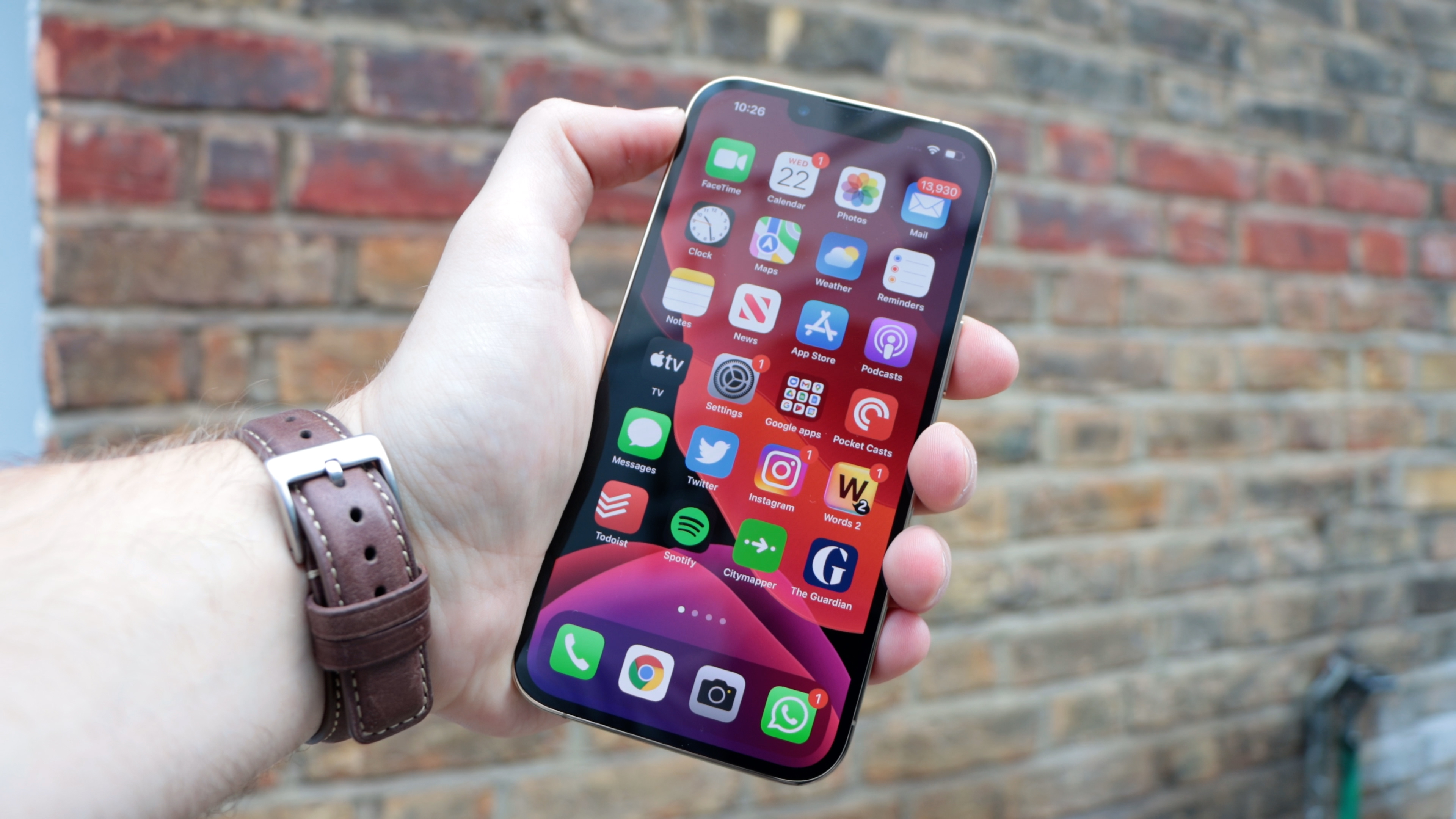Apple stopped making iPhones for the first time in a decade this year – here’s why
Shortages, restrictions and lockdowns

Supply chain issues have affected the entire tech industry this year, and we’ve reported on this extensively, but it seems Apple was hit even harder than we’d realized, as the company reportedly had to halt iPhone and iPad assembly for several days in October.
That’s a huge deal, as not only is it the first time Apple’s stopped making iPhones in more than a decade, it also came at a time when typically production would be ramping up, not down. This is all according to Nikkei, which did a deep dive into the situation, and claims that the shutdown happened at the beginning of October.
This is when Apple’s suppliers typically ramp iPhone production up to 24 hours a day, as it comes shortly after new models have launched, and it’s the start of the holiday period (with Golden Week in China followed shortly by Christmas in much of the world), so demand is at its highest.
- Read our full iPhone 13 Pro review
- Hopefully the iPhone 14 won't be in short supply
- These are the best iPhone apps
So what caused this? Ultimately it was a combination of a few issues, including the ongoing shortage of chips, but also unexpected power use restrictions in China. These restrictions were a result of emissions surpassing environmental targets, coupled with rising prices for coal, but they were reportedly put in place with just a day’s warning or less.
These restrictions affected multiple Apple suppliers operating more than 150 manufacturing facilities. And the regional problems weren’t limited to China, as lockdowns in Vietnam and Malaysia also affected iPhone production.
This all culminated in the production shutdown, and reportedly left Apple with 20% fewer iPhone 13 models than planned. That’s despite reallocating resources from other devices, which meant Apple additionally produced 50% fewer iPads than planned during this period, and 25% fewer units of older iPhones.

Analysis: things are looking up, but there are still issues
The situation for Apple was seemingly at its worst during that week in early October, and since then production has reportedly ramped up again, with Nikkei claiming that suppliers were told to reaccelerate production during November, December and January.
Sign up for breaking news, reviews, opinion, top tech deals, and more.
Yet Apple still has some catching up to do, as if you go to order an iPhone now you might find you have to wait a while to get it (depending on your region and the model you choose).
And while things will likely settle down as we head into the new year, the chipset shortage remains an issue, and the pandemic is still a threat. So while this was Apple’s first iPhone production shutdown in over a decade, the next one might be a lot less than ten years away.
- Supply chain issues are likely why there's no Samsung Galaxy Note 21
Via GSMArena
James is a freelance phones, tablets and wearables writer and sub-editor at TechRadar. He has a love for everything ‘smart’, from watches to lights, and can often be found arguing with AI assistants or drowning in the latest apps. James also contributes to 3G.co.uk, 4G.co.uk and 5G.co.uk and has written for T3, Digital Camera World, Clarity Media and others, with work on the web, in print and on TV.